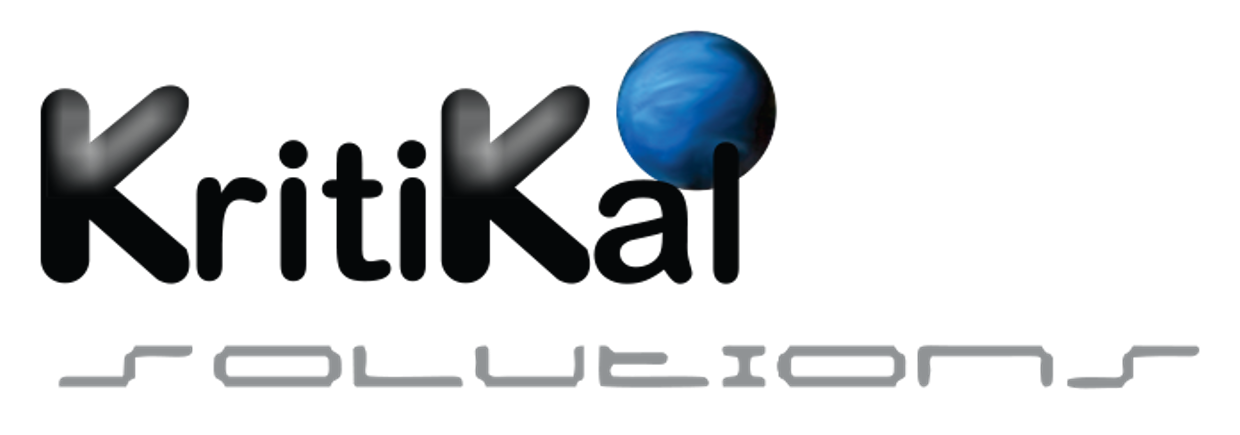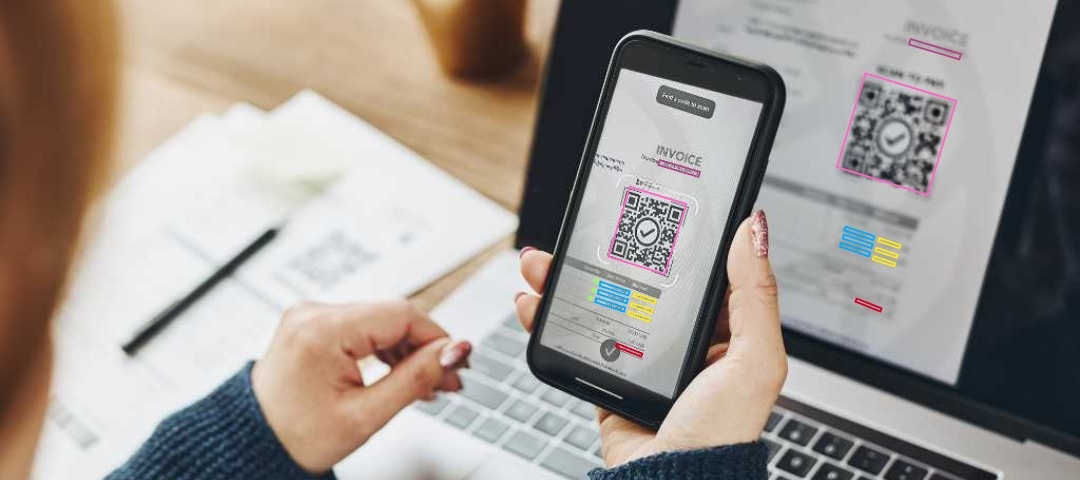What is Automatic Invoice Recognition?
Invoices are important documents that showcase details related to transactions between businesses or parties. Automatic invoice recognition involves data extraction after recognizing these documents and capturing important information from the same. Important fields that can be recognized in such documents include vendor or supplier’s name or company, address, invoice numbers, dates and pricings. With this solution, it is easier to handle large volumes of invoices, as manual data entry by the finance team will no longer be needed. This not only obliterates additional timeframe required for the same but also reduces the occurrences of human errors. The overall operational efficiency improvises, and financial discrepancies are reduced to a minimum. The intelligent document processing solutions (IDP) market was valued at $1.45 billion in 2022 and is surging at a CAGR of 30.1% during the time period 2023 to 2030.

Rising market size of invoice to OCR solutions from 2020 to 2030
The Essentials of AI Invoice Recognition
Technologies involved in data extraction from invoices mainly include Optical Character Recognition (OCR) and Machine Learning, which help in extracting information accurately and quickly. Thus, it notably reduces the workload on teams as well as costs related to document processing. For example, manually processing an invoice receipt takes about 1-2 minutes that is 50 receipts can be processed in an hour. Taking the average wage per hour in USA as $28.34, we observe that the cost of manually processing one receipt within the stipulated time is about $0.57. Whereas, since OCR systems can do the same in 18 seconds per receipt that is 200 receipts per hour, the approximate processing cost per receipt comes out to be $0.142, alongside average software cost per receipt which is $0.015, making a total of $0.157. Businesses can thus comparatively save around $0.413 for processing a receipt. They can efficiently track their expenditure and tax filings, while complying with regulations. Moreover, it helps them to enhance relationship with their customers and suppliers by projecting transparency in record keeping. This technology is useful to all right from finance departments and personnel, financial analysts to business owners.

It is a known fact that OCR can only convert images into texts and is incapable of processing invoices by itself. Traditional invoice recognition software require constant instructions for invoice recognition, such as rules for new templates, processing pattern etc. Focusing more on the role of Artificial Intelligence as a machine-based simulation of the thought processes of these departments. Drilling down to the subsections, we also explore self-sufficient deep learning powered by artificial neural networks, that enables programs to learn various invoice document formats and correct the images and texts in the later run without any human intervention.
A combination of this technology with OCR for invoice processing, amalgamating to form a powerful neural network platform that process complex financial values, variables, textual fields, images of documents of varied types, formats, sizes, orientations, languages, representations, naming standards etc. is the need of the hour to free businesses from the endless loop of enhancing traditional invoice to OCR software. For instance, many businesses may name the final amount as ‘Total’ or ‘Total Amount’, some as ‘Amount Payable’ or ‘Amount Due’, and others as ‘To pay in USD’ or ‘Total Cost to Pay’, although the differences mean the same to users or payors, these may not be obvious to the OCR software. Due to lack of standardization and rules, risk of production of inaccurate results increases which ultimately leads to consequential accounting errors.
Let us go through the working of this system before it is deployed into production environment:
Data Collection and Annotation
To train the AI model to perform invoice recognition, diverse and representative dataset of invoice documents with different fields and names for similar terms, in varied layouts and formats. Each image would require to be annotated using bounding boxes and region labels that notify the algorithm of the location of key information in the documents, for example, invoice number, vendor name and address, line items, total cost etc.
Data Preprocessing and Model Selection
The invoice dataset collected is subjected to certain preprocessing steps such as image size standardization, image quality enhancement and normalization of lighting conditions or brightness. This helps in making the functioning of the model more robust and generalizes its capability. The key factors to consider while choosing a suitable machine learning or deep learning model for automatic data extraction from invoices include complexity of the problem and resource availability. The most commonly used models are based out of Convolutional Neural Networks (CNNs) and Transformer based amongst other types of neural networks that efficiently perform spatial dependencies and image recognition and other related tasks like invoice parsing etc.

Working of Automatic Invoice Recognition
Feature Extraction and Training
Meaningful features that capture patterns and structures are extracted from preprocessed invoice images in the case of deep learning models enabled by selected architecture such as ResNet, VGG or custom developed ones etc. The model is trained on the annotated invoice image dataset using an appropriate loss function such as, cross-entropy loss for classification tasks or mean squared error for regression tasks as well as optimization algorithm, for example, stochastic gradient descent or Adam optimizer. During training, the model learns to map input invoice images to the corresponding labels indicating the location and content of key information.
Hyperparameter Tuning and Validation
Hyperparameters are explicitly defined in order to control the model’s learning process before a machine learning algorithm to invoice datasets. Few hyperparameters in this case include learning rate, batch size etc., which are tuned for performance optimization of the model during validation. Certain techniques such as grid search or random search are applied for exploring hyperparameters. The trained model needs to be tested and evaluated on a holdout invoice dataset with unseen images, which is different from the training dataset for qualitative and quantitative assessment of its precision of information extraction, parsing accuracy, recall and F1-score.
Iteration and Deployment
Iterative refinement cycles are necessary and involve repetition of initial steps by developers such as data annotation services after collection, preprocessing, model retraining and hyperparametric tuning for improvising on evaluation results, overall performance and generalization capability. Whence the model achieves satisfactory performance, it is deployed into a production environment to automatically parse and extract information from incoming invoice documents in real-time. With the rise of Generative AI and large language models, many businesses have started deploying synthetic document generation for training these models, where synthetic training dataset has the look and feel of the original data, including similar noise, distortion, and text formatting with random text for model training purposes. The next steps would involve deploying the same on-premises or over cloud in batch processing mode as per requirement.
Enhancing Business Process with AI Invoice Recognition
There are numerous types of invoice documents such as standard invoices, sales invoices, purchase invoices, past due invoices, proforma invoices, pending invoices, interim invoices, final invoices, debit memo, value-based bills, timesheet, receipt and payment vouchers, credit notes, e-way bills, ISD invoices, refund invoices, time-based billing, fixed-based etc. It is notable that the inputs for this process can be of different formats such as .png, .jpg, .pdf, .xls, .csv, .tiff, .xlsx and more. Also, the outputs can be obtained in similar formats, .json or any other as per the requirement of the ERP on-premises or over cloud. Another important step is to check the quality of invoices prior to information extraction to ensure that digital invoices files are intact and not corrupted. Moving forward towards post-deployment stage, let us know more about the working of AI invoice recognition which is simply another repetition of its training but with unknown dataset.
- Localization and Image Preprocessing: As the image is fed into the IDP software, the initial step requires the model to localize the document in the image and background removal. Similar to data preprocessing stage, where training dataset was standardized, the newly captured images need to undergo this stage for quality enhancement and better data extraction from invoices. It may involve noise reduction, orientation detection and correction, skew correction, brightness moderation, contrast adjustment, shadow removal, resizing, normalization, binarization, gray scaling etc.
- Text Restoration and Layout Detection: Any sort of faded or broken text can be restored and enhanced text recognition accuracy, making data extraction from invoices and analysis seamless. The model then detects the layout of the document and its diverse elements including text blocks, tables, headers, and titles as a part of granular level recognition to ensure efficient data extraction and analysis.

Evolution of invoice to OCR automation
- Word Detection and OCR: The system combines robust word detection capabilities with OCR to accurately identify and extract text from images and documents to assure the user of precise data capture. OCR receipt scanner recognizes invoice images and converts the textual data into machine-readable text. Advanced invoice to OCR systems can identify various textual fonts, sizes, handwriting and languages, thus allowing users to apply the system tor varied range of invoices.
- Layout Parser and Information Extraction: The layout parser algorithm enables the system to accurately extract unstructured and structured data from tables, footnotes, dense blocks of text etc. Thereafter, relevant data can be extracted from invoice images and documents, for example, invoice number, date vendor’s name, address, line items, total amount etc. Natural language processing algorithm play an important role in this case for understanding the context and semantics of the extracted text, to accurately identify quantities, payment terms, prices, taxes and discounts.
Here the concept of key-value pair is notable, where key are unique identifiers or references associated with a corresponding value or the actual data which can be of any data type such as string, number, object etc. Let us take an example of an invoice that contains ‘Vendor Name’ as ‘ABC’, the first terms would the key and ABC would be the value in this case. Both of which are noted and converted to machine-readable format by IDP systems. It may also be noted that key fields may not be standardized for all.
- Integration with Business Systems: As the input image is digitized by the OCR for invoice processing, the output is easily visualized in the enterprise resource planning (ERP), or other business system for seamless integration with the business processes and workflows. An advanced form of this system includes robotic process automation, for example, incoming emails with attached invoices can be automatically read by the system, relevant information and key-value pairs can be extracted, and output can be showcased over accounting or ERP. This allows for swift processing and automation of invoice-related tasks such as payment processing and financial reporting.
Summing Up
KritiKal Solutions can assist you in saving manual data entry costs through its affordable invoice to OCR automation system. Our solution can significantly impact the facets of financial operations and improvise overall efficiency through precise information extraction. Business workflow is optimized with faster processing times and surging productivity. Gone are the times to of error-prone entries, subsequent unnecessary expenditure and time-consumption, for the system ensures integrity and data reliability of financial reporting. Quicker extraction, consistent data entry, analysis and payment processing enhances vendor relations and minimizes disputes. With access to real-time information and budget-supporting data, businesses can take informed decisions related to forecasting and financial planning. Our solutions can be customized to follow specific transactional regulatory standards and keep easily retrievable records for auditing. Businesses can stay assured of overcoming common challenges such as format variation, low-quality scanned documents, complex data structures, integration-related issues, data security and privacy.

Phool Preet holds the position of Senior Architect at KritiKal Solutions. Along with an M.Tech in Computer Science Engineering from IIT Delhi, he has over 12 years of experience in the field of Computer Vision, Machine Learning and Artificial Intelligence. He has been a part of various crucial projects and has helped KritiKal in successfully steering through these deliveries.

 Global
Global  United States
United States 